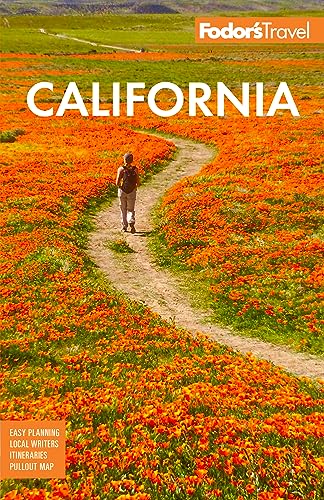Bird-Watching in Northern California: The Pacific Flyway
You don't need wings to catch the Pacific Flyway. All it takes is a car, a good map, and high-powered binoculars to follow the flight path of hundreds of bird species that migrate through far Northern California and stop at wildlife refuges on their way.
Eagles and hawks make their visits in winter; more than a million waterfowl pass through in fall. Returning migrants such as pelicans, cranes, and songbirds such as the marsh wren and ruby-crowned kinglet arrive in March, just in time to herald the spring; goslings, ducklings, and other newly hatched waterfowl paddle through the wetlands in summer.
February and March are especially good viewing times, when people are scarce but wildlife thrives in the cold climate. Many birds enter their breeding season during these months, and you can hear their unusual mating calls and witness aerial ballets as vividly plumed males pursue females.
An impressive Pacific Flyway stopover is on the California–Oregon border: the 50,092-acre Lower Klamath National Wildlife Refuge, which President Theodore Roosevelt established in 1908 as the country's first waterfowl refuge. The Klamath Basin area has the largest winter concentration of bald eagles in the lower 48 states. You can take a 10-mile auto tour through parts of the refuge, where the eagles feed from December through mid-March. (From I–5 north of Mt. Shasta, take the U.S. 97 turnoff to Highway 161; from Lava Beds National Monument, take Volcanic Legacy Scenic Byway/Hill Road north to Highway 161 and head west.) Even if you're not already an avid bird-watcher, you may find yourself one after a visit to this special place.
—Christine Vovakes




